Home>Gardening & Outdoor>Outdoor Recreation & Activities>How Inflated Should A Spikeball Be?
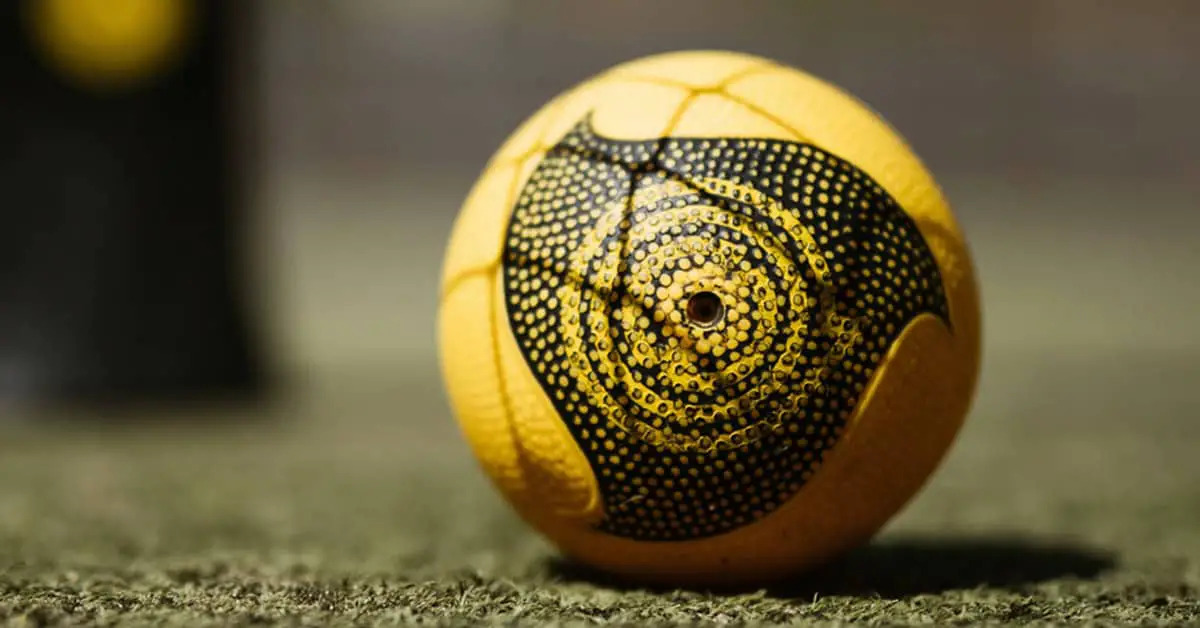

Outdoor Recreation & Activities
How Inflated Should A Spikeball Be?
Modified: May 6, 2024
Learn the ideal inflation level for your Spikeball to ensure optimal performance and fun. Get expert tips for outdoor recreation and activities.
(Many of the links in this article redirect to a specific reviewed product. Your purchase of these products through affiliate links helps to generate commission for Storables.com, at no extra cost. Learn more)
Introduction
Spikeball, a dynamic and exhilarating outdoor game, has surged in popularity, captivating the hearts of enthusiasts seeking a thrilling and engaging recreational activity. The game's essence lies in its simplicity: players form teams and volley a ball off a net, aiming to outmaneuver their opponents. However, beneath this straightforward concept lies a crucial element that significantly influences gameplay – the inflation of the Spikeball.
Maintaining the appropriate inflation level is paramount to ensure optimal performance and safety during gameplay. In this comprehensive guide, we will delve into the intricacies of Spikeball inflation, exploring the factors that influence it, the ideal inflation level, the repercussions of overinflation or underinflation, and the methods to measure inflation accurately. Whether you are a novice enthusiast or a seasoned player, understanding the nuances of Spikeball inflation is fundamental to maximizing your enjoyment of this captivating game. So, let's embark on this insightful journey to uncover the art of inflating a Spikeball to perfection.
Key Takeaways:
- Find the sweet spot! Inflate your Spikeball to 6-8 PSI for optimal gameplay. Experiment within this range to match your style and environment, and keep it safe and fun!
- Don’t overdo it! Overinflated Spikeballs bounce too much, while underinflated ones lack responsiveness. Measure and maintain 6-8 PSI for a lively and controlled game.
Read more: How Tight Should Spikeball Net Be?
Factors Affecting Spikeball Inflation
Several factors play a pivotal role in determining the optimal inflation level for a Spikeball. Understanding these factors is essential for achieving the perfect balance that ensures an exceptional gaming experience.
Environmental Conditions: The ambient temperature and humidity levels can significantly impact the inflation of a Spikeball. In warmer climates, the air inside the ball expands, potentially leading to overinflation, while cooler temperatures may cause the air to contract, resulting in underinflation. It is crucial to consider these environmental variables when inflating a Spikeball to maintain the ideal pressure.
Type of Playing Surface: The playing surface also influences Spikeball inflation. A softer surface, such as grass or sand, may necessitate slightly lower inflation to enhance ball control and prevent excessive bouncing. Conversely, on harder surfaces like concrete or asphalt, a slightly higher inflation level can aid in achieving the desired bounce and responsiveness.
User Preference: Player preference and playing style can impact inflation choices. Some players may prefer a softer ball for enhanced control and maneuverability, opting for a lower inflation level. In contrast, others may favor a firmer ball to facilitate powerful shots and precise rebounds, leading them to opt for higher inflation.
Elasticity of the Ball Material: The elasticity and material composition of the Spikeball also influence inflation. Balls with higher elasticity may require more frequent adjustments to maintain the desired inflation level, as they are more responsive to environmental changes and gameplay impact.
By considering these factors, players can make informed decisions regarding Spikeball inflation, tailoring the ball’s pressure to suit their playing environment and style, ultimately enhancing their gaming experience.
Optimal Spikeball Inflation Level
Finding the perfect inflation level for a Spikeball is akin to discovering the sweet spot that harmonizes ball responsiveness, control, and playability. The optimal inflation level is a delicate balance that ensures the Spikeball’s performance aligns with players’ expectations and the demands of the game.
For most Spikeball enthusiasts, the recommended inflation pressure falls within the range of 6 to 8 PSI (pounds per square inch). This range provides a versatile foundation that caters to various playing styles and environments. However, achieving the ideal inflation level involves more than merely adhering to a numerical range; it requires a keen understanding of the ball’s behavior and responsiveness.
At the lower end of the PSI spectrum, around 6 PSI, the Spikeball exhibits greater surface contact with the playing surface, offering enhanced control and reduced bounce. This inflation level is favored by players seeking precise ball handling and strategic maneuverability. On the other hand, inflating the Spikeball closer to 8 PSI increases its firmness, promoting a more pronounced bounce and heightened responsiveness. This level of inflation is preferred by those aiming for powerful shots and dynamic gameplay.
While the recommended range serves as a guideline, players are encouraged to experiment within this spectrum to identify the inflation level that best complements their playing style and preferences. Additionally, environmental and surface conditions should be factored into the decision-making process, as they can influence the optimal inflation level. Adapting the Spikeball’s inflation to suit specific playing environments and individual playing styles is key to unlocking its full potential and ensuring an exhilarating gameplay experience.
To determine the right inflation level for a Spikeball, use a pressure gauge to ensure it is inflated to 6-8 psi. This will provide the best balance of bounce and stability for gameplay.
Consequences of Overinflated or Underinflated Spikeball
Deviation from the optimal inflation level can lead to a myriad of consequences, significantly impacting the Spikeball’s performance, player experience, and safety. Understanding the repercussions of overinflation and underinflation is crucial for maintaining the integrity of the game and ensuring players’ enjoyment.
Overinflated Spikeball: An overinflated Spikeball, characterized by excessive pressure beyond the recommended range, can result in heightened rigidity and reduced surface contact with the playing area. This leads to an exaggerated bounce and diminished control, disrupting the fluidity and precision of gameplay. Moreover, overinflation increases the risk of the Spikeball bursting, posing a safety hazard to players and bystanders. The heightened rigidity of an overinflated ball also amplifies the force of impacts, potentially causing discomfort or injury during gameplay.
Underinflated Spikeball: Conversely, an underinflated Spikeball, with insufficient pressure below the recommended range, exhibits diminished responsiveness and an excessively soft feel. This compromises the ball’s bounce and maneuverability, impeding players’ ability to execute dynamic shots and strategic plays effectively. Additionally, underinflation can lead to increased surface contact, resulting in excessive friction and drag, further hindering gameplay fluidity and precision. The increased surface area in contact with the playing surface can also accelerate wear and tear on the ball, reducing its longevity and durability.
Both overinflation and underinflation detract from the intended experience of Spikeball, undermining the game’s dynamic nature and the players’ ability to showcase their skills effectively. Furthermore, deviations from the optimal inflation level can compromise player safety and increase the risk of injury, emphasizing the critical importance of maintaining the recommended inflation range.
By recognizing the consequences of overinflated and underinflated Spikeballs, players can prioritize the meticulous management of inflation levels, safeguarding the integrity of the game and fostering a safe and enjoyable environment for all participants.
How to Measure Spikeball Inflation
Accurately measuring Spikeball inflation is essential for maintaining optimal gameplay conditions and ensuring a safe and enjoyable experience for all participants. By employing the following methods, players can effectively gauge and adjust the inflation level of their Spikeball:
- Pressure Gauge: Utilizing a reliable pressure gauge specifically designed for measuring low PSI levels, such as those used for inflating sports balls, is the most precise method for determining the Spikeball’s inflation. By attaching the pressure gauge to the inflation valve, players can obtain an accurate reading of the current PSI level, allowing for adjustments as needed to align with the recommended range.
- Manual Squeeze Test: While not as precise as using a pressure gauge, the manual squeeze test serves as a quick and accessible means of assessing Spikeball inflation. By firmly squeezing the ball with both hands, players can gauge its firmness and responsiveness. A properly inflated Spikeball should offer moderate resistance to compression, neither feeling excessively rigid (indicative of overinflation) nor overly soft (indicative of underinflation).
- Visual Inspection: Observing the Spikeball’s appearance can provide indicative cues regarding its inflation level. When properly inflated, the ball should exhibit a taut and rounded profile, with minimal surface wrinkles or creases. Overinflated balls may appear overly taut and exhibit visible stress lines, while underinflated balls may appear slightly deflated and lack firmness.
- Rebound Test: Conducting a rebound test involves dropping the Spikeball onto a flat surface from a consistent height and observing its bounce. A properly inflated ball should exhibit a lively and predictable bounce, neither bouncing excessively high (indicative of overinflation) nor lacking responsiveness (indicative of underinflation).
By combining these measurement methods, players can confidently assess and adjust their Spikeball’s inflation to align with the recommended PSI range. Regularly monitoring and maintaining the ball’s inflation level ensures an optimal gaming experience, fostering precise ball control, dynamic gameplay, and safety for all participants.
Read more: How To Be Good At Spikeball
Conclusion
Mastering the art of inflating a Spikeball is an essential aspect of elevating the game experience, promoting player safety, and optimizing gameplay dynamics. By considering the environmental conditions, playing surface, user preferences, and the elasticity of the ball material, players can tailor the inflation level to suit their individual playing styles and environments. Striking the perfect balance between overinflation and underinflation is pivotal in unlocking the full potential of the Spikeball, ensuring precise ball control, dynamic responsiveness, and a safe gaming environment.
Adhering to the recommended PSI range of 6 to 8 PSI provides a versatile foundation for players to fine-tune their Spikeball’s inflation, catering to their unique preferences and gameplay requirements. Experimentation within this range, coupled with a keen understanding of the ball’s behavior, empowers players to discover the inflation level that best complements their playing style and environment.
Deviation from the optimal inflation level can lead to a myriad of consequences, including compromised gameplay dynamics, diminished player experience, and increased safety risks. Overinflated Spikeballs exhibit excessive rigidity and bounce, while underinflated ones lack responsiveness and control. Recognizing and mitigating these consequences is crucial for preserving the integrity of the game and safeguarding the well-being of all participants.
Accurately measuring Spikeball inflation through methods such as pressure gauges, manual squeeze tests, visual inspections, and rebound tests empowers players to maintain the optimal inflation level consistently. Regular monitoring and adjustments ensure that the Spikeball remains primed for dynamic gameplay, precise ball control, and a safe gaming experience.
In conclusion, the art of inflating a Spikeball transcends mere technicality; it embodies the pursuit of an optimal gaming experience, where precision, control, and safety converge. By embracing the nuances of Spikeball inflation, players can embark on a journey of discovery, unlocking the full potential of this exhilarating outdoor game and fostering an environment where every serve, volley, and spike resonates with the joy of play.
Now that you've got the scoop on keeping your Spikeball at just the right pressure, why not step up your game even further? If you're itching to improve your skills and truly shine during play, our next piece is a must-read. It's packed with insights on using the right gear and techniques to dominate the game. So, don't miss out on mastering the art of Spikeball with our expert guidance.
Frequently Asked Questions about How Inflated Should A Spikeball Be?
Was this page helpful?
At Storables.com, we guarantee accurate and reliable information. Our content, validated by Expert Board Contributors, is crafted following stringent Editorial Policies. We're committed to providing you with well-researched, expert-backed insights for all your informational needs.
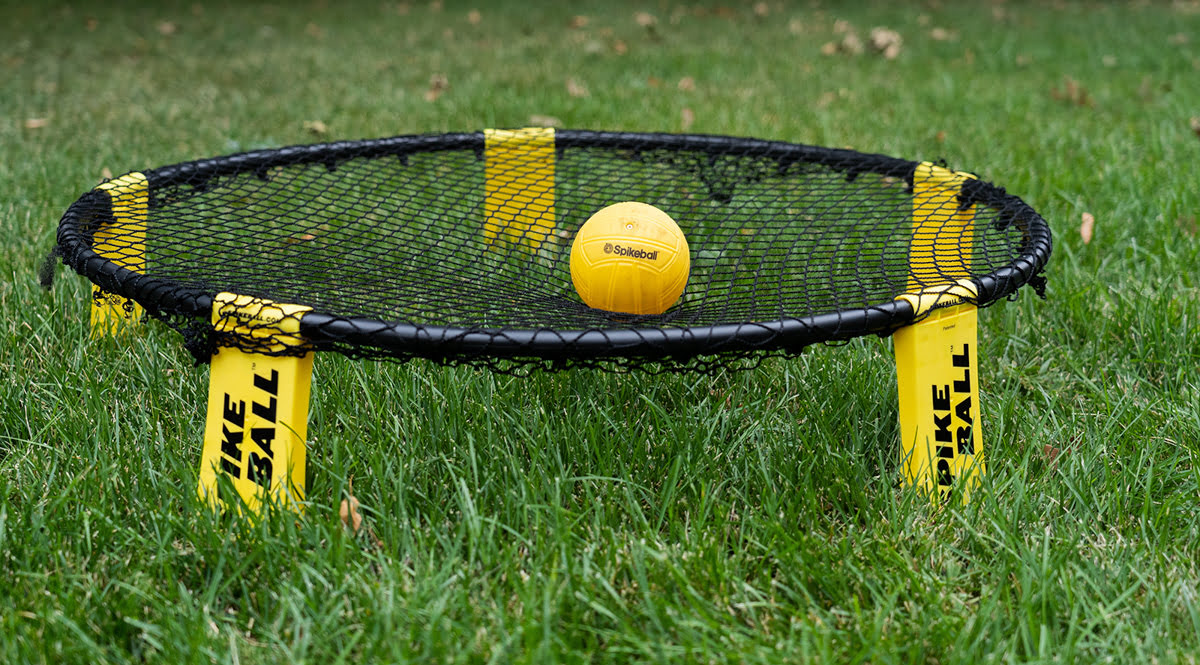
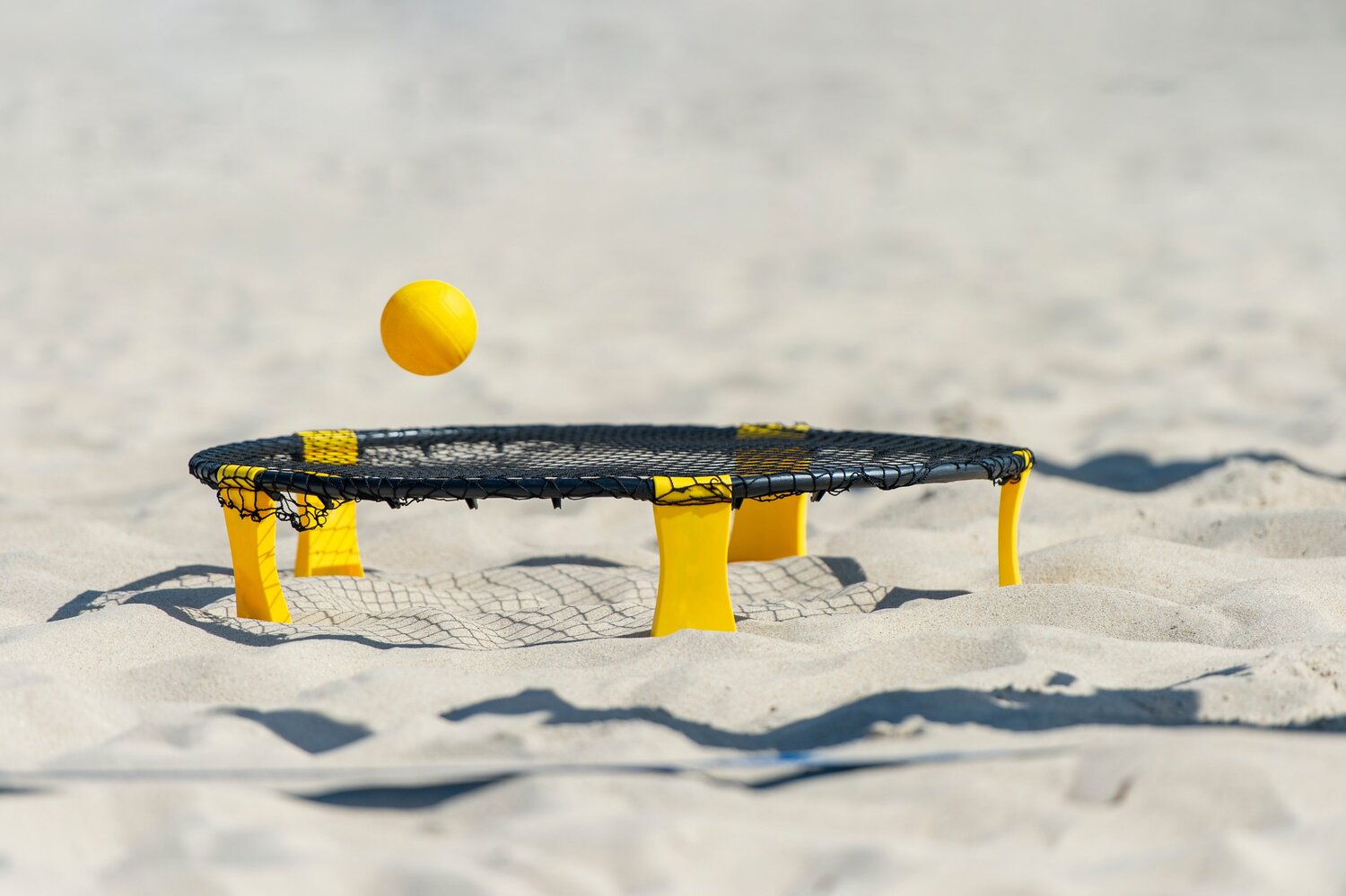
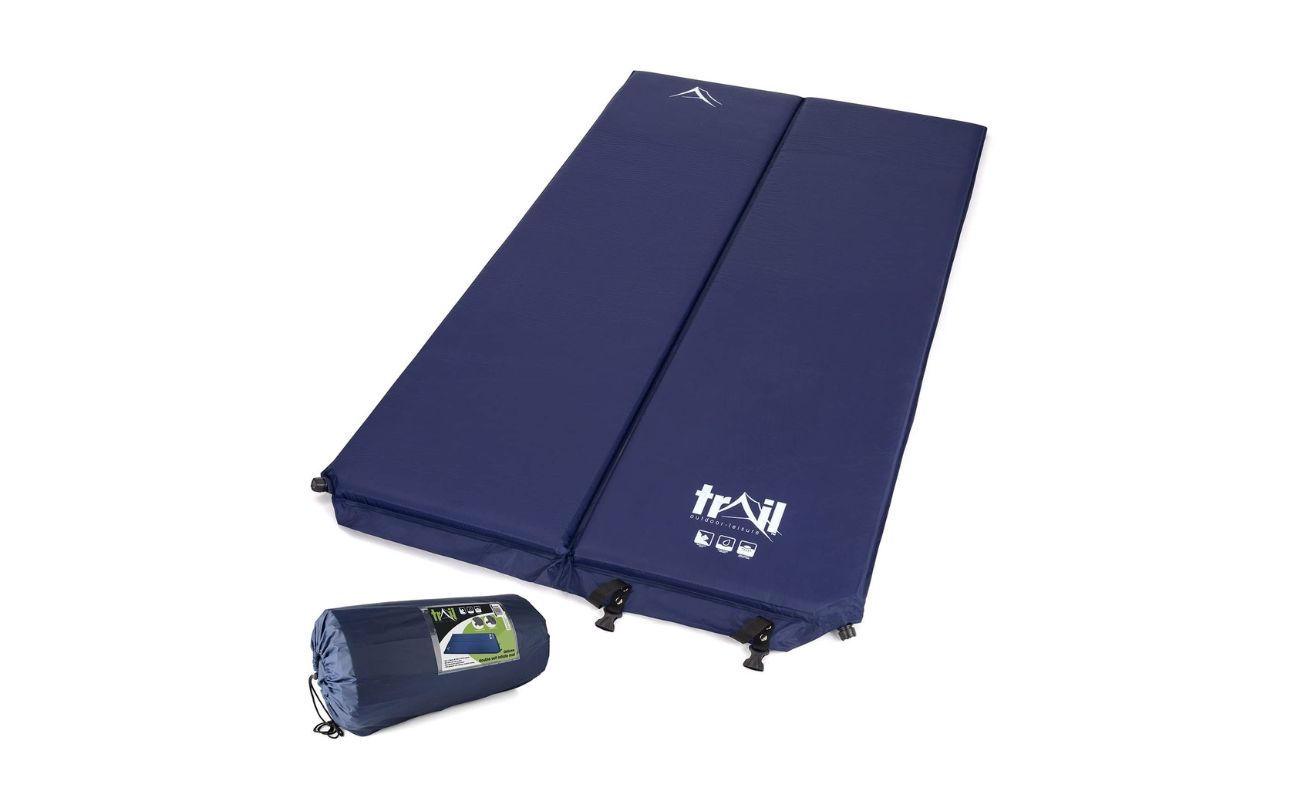
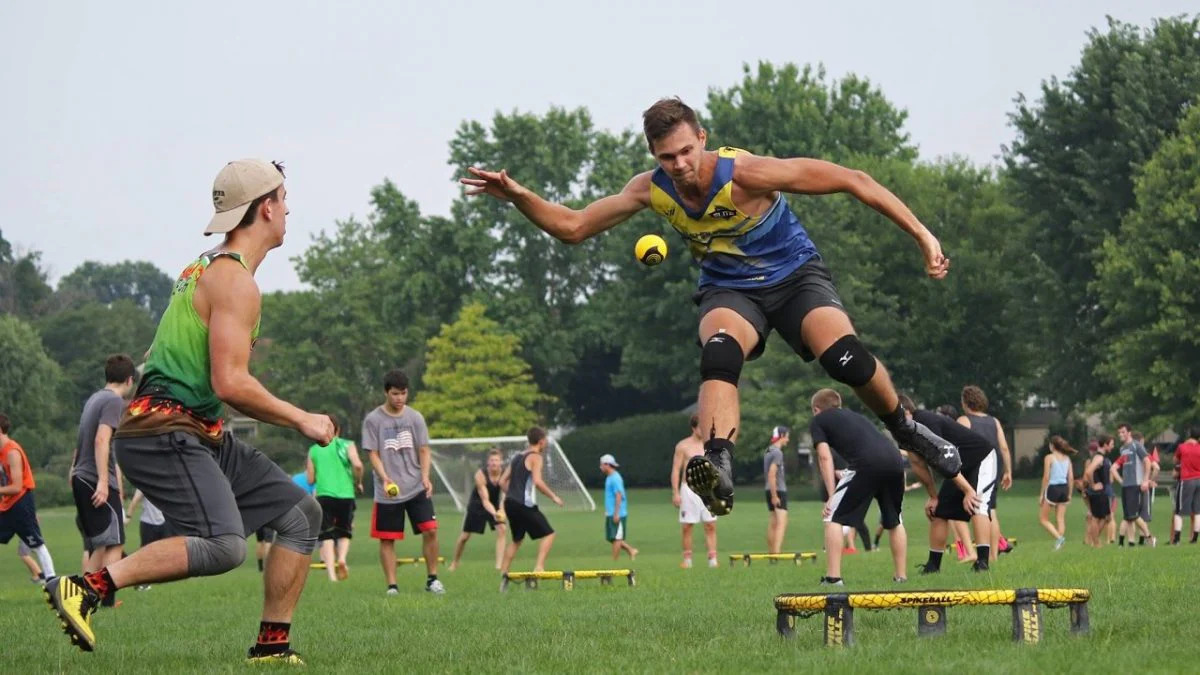
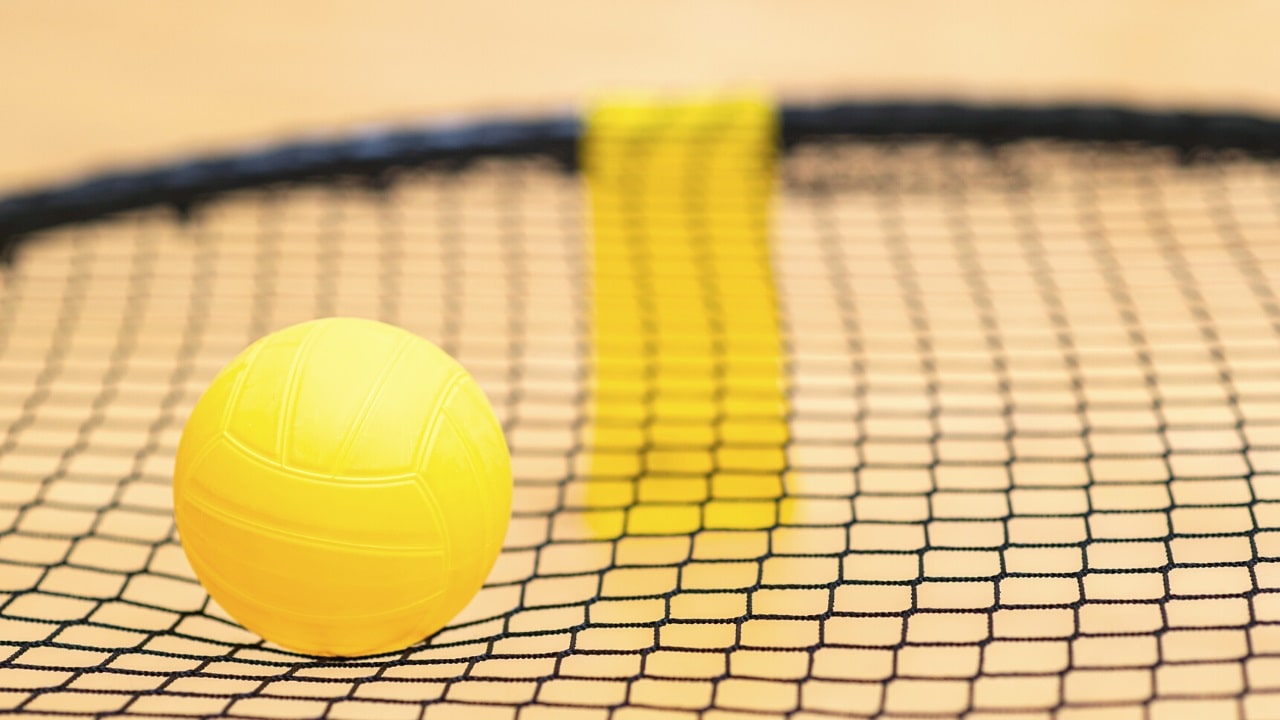
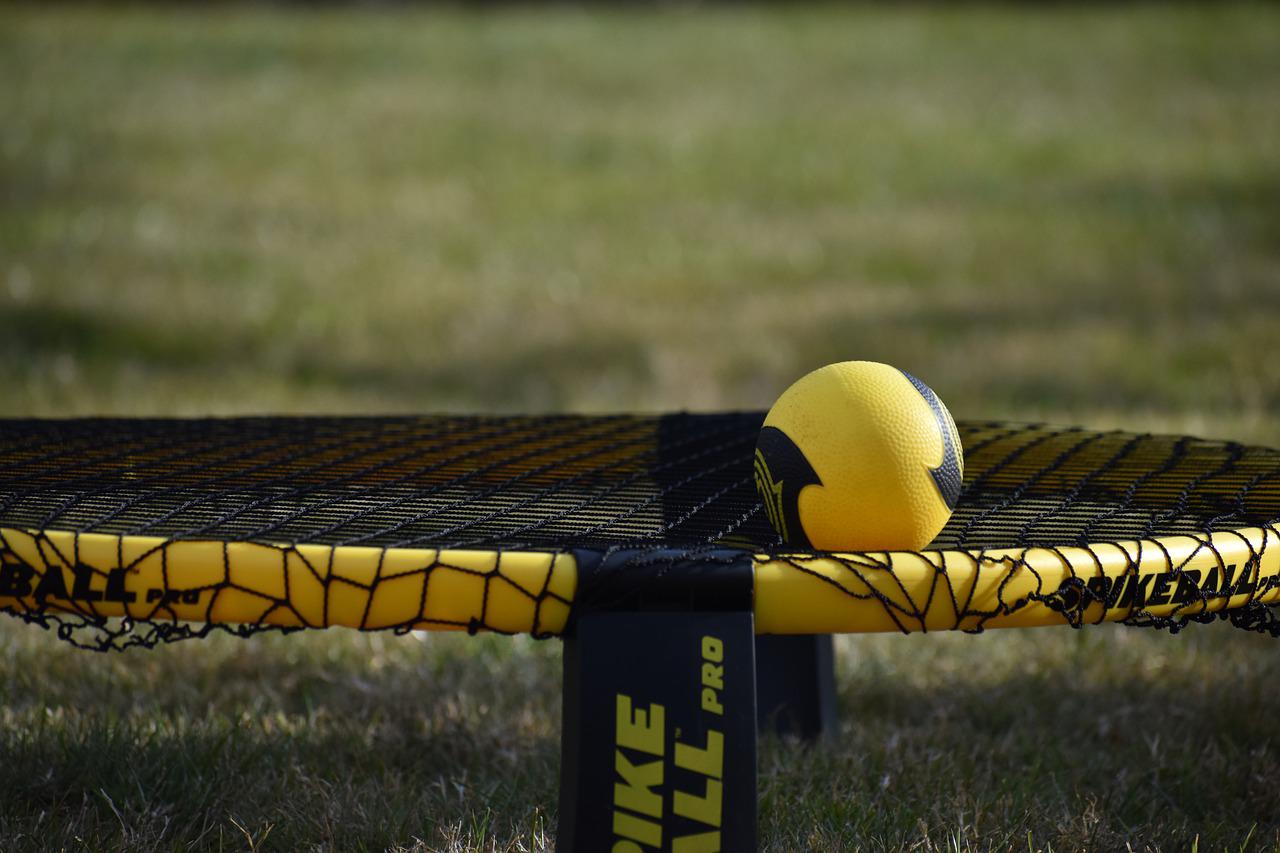
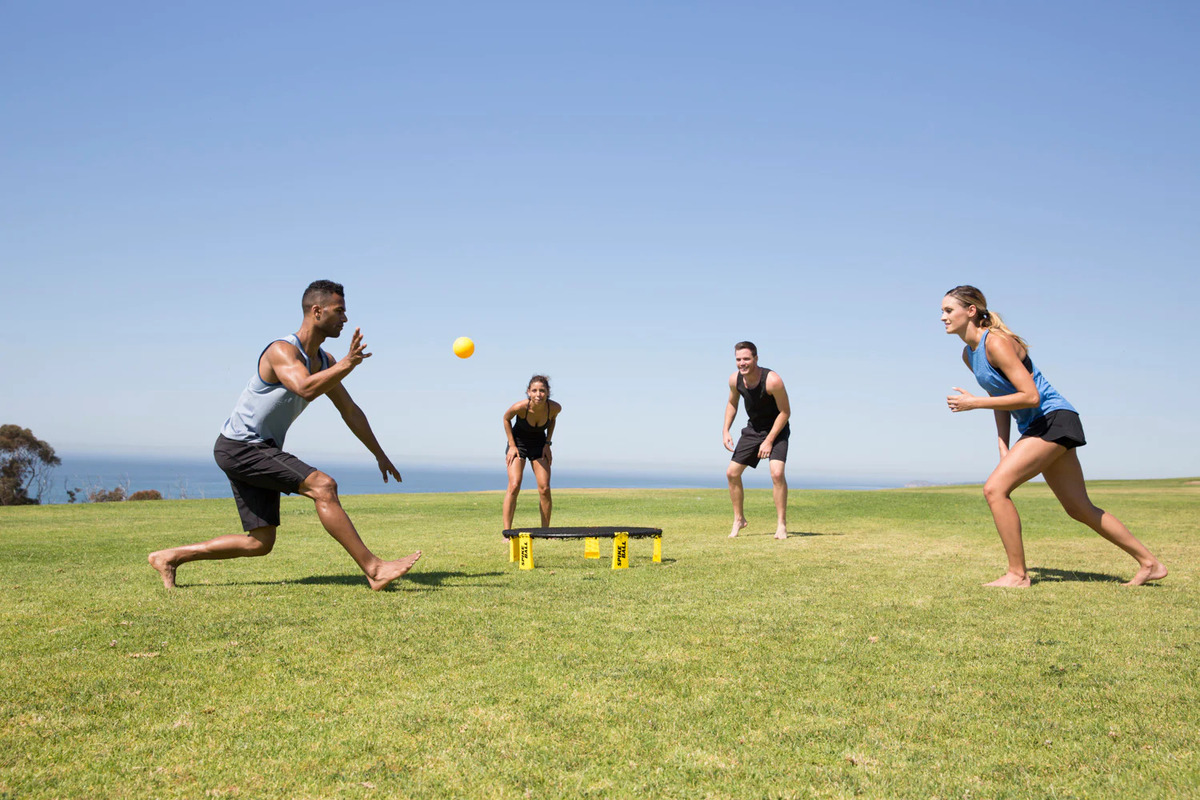
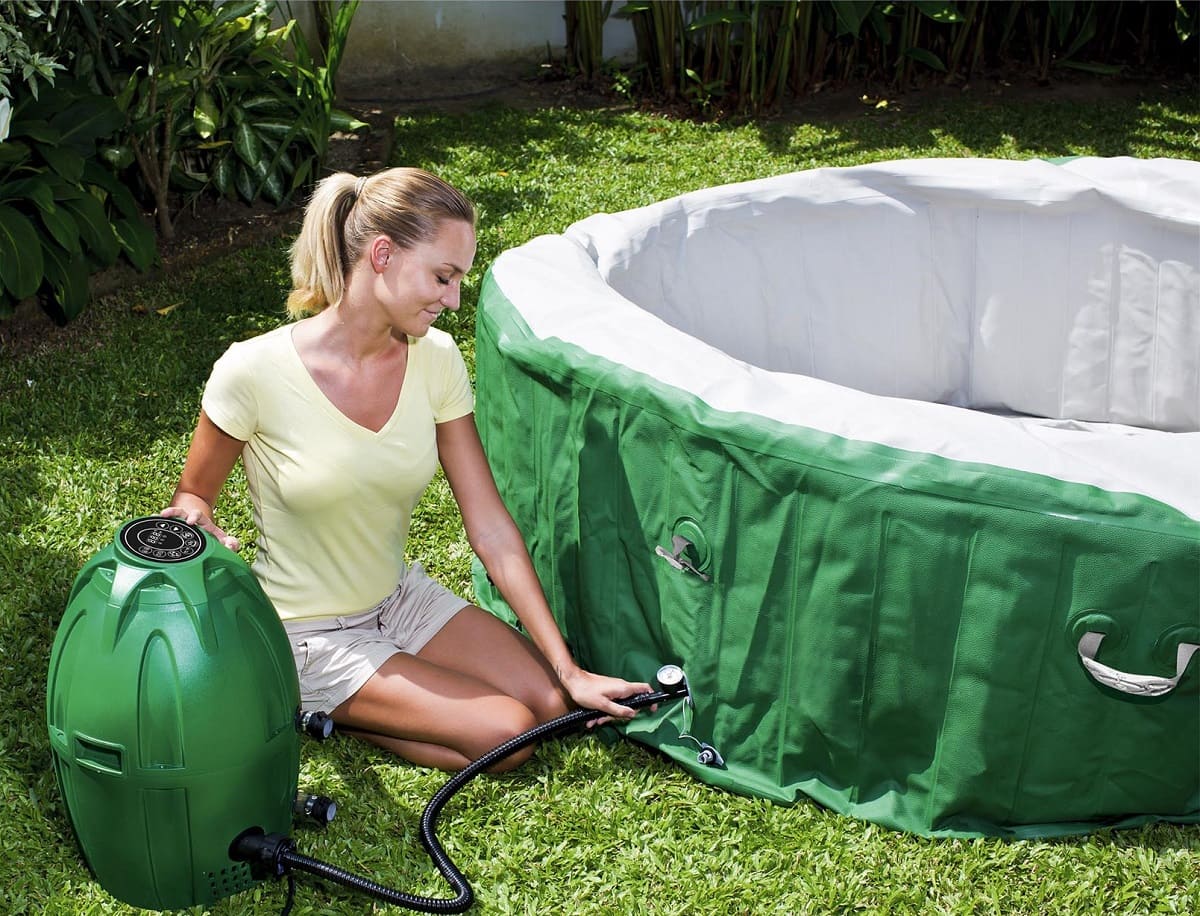
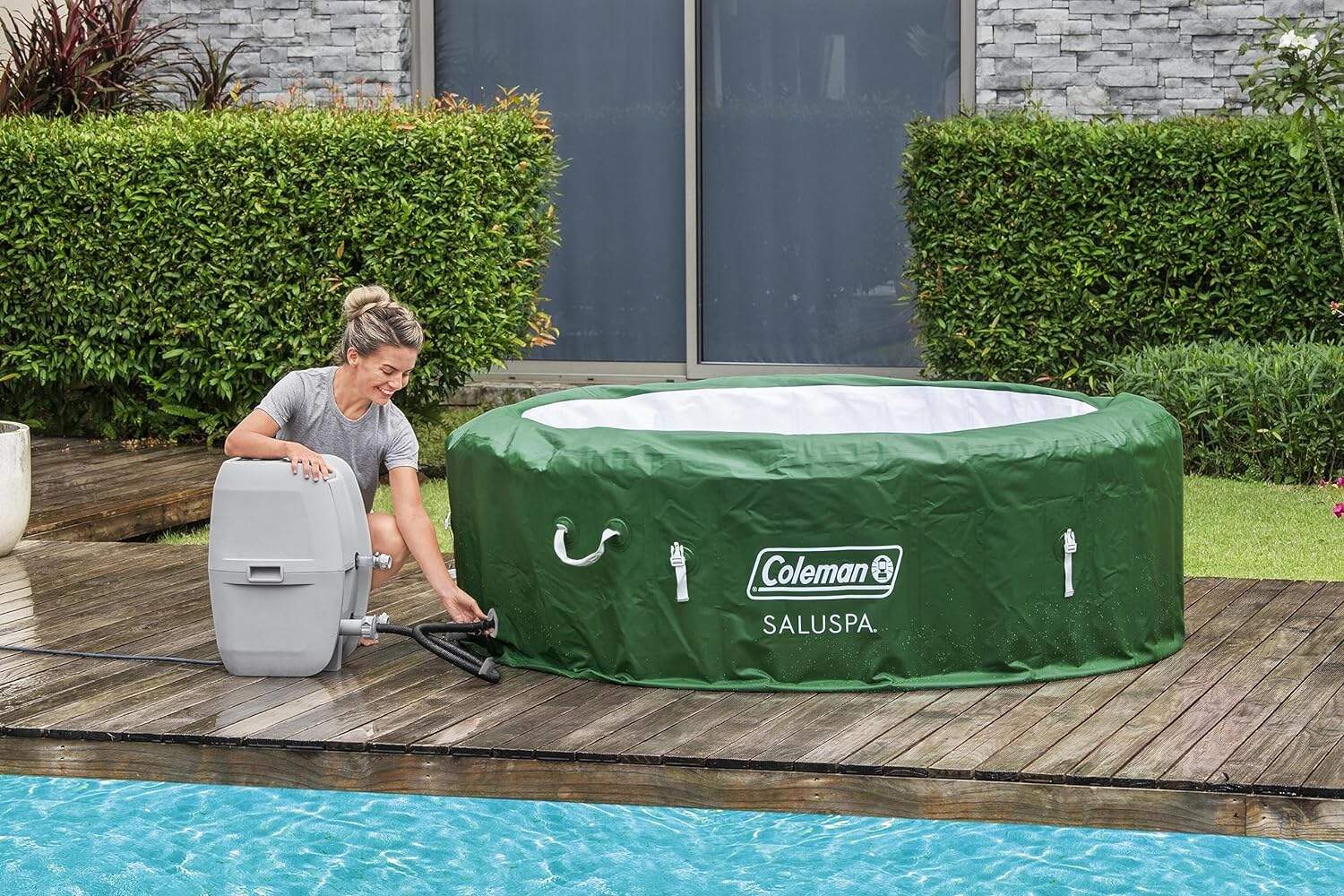
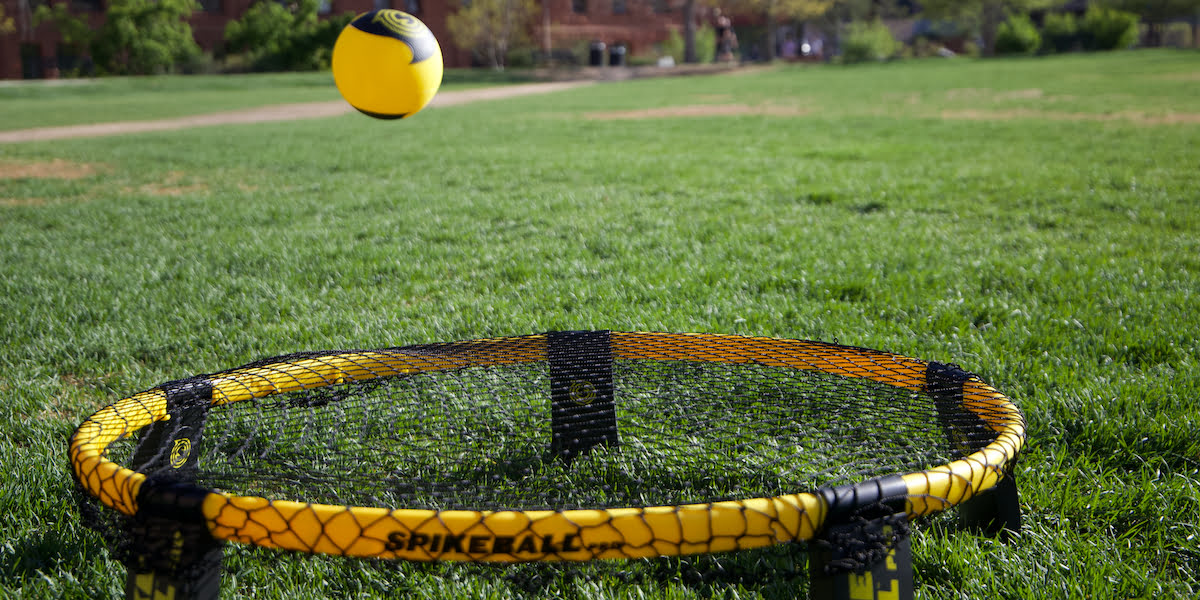

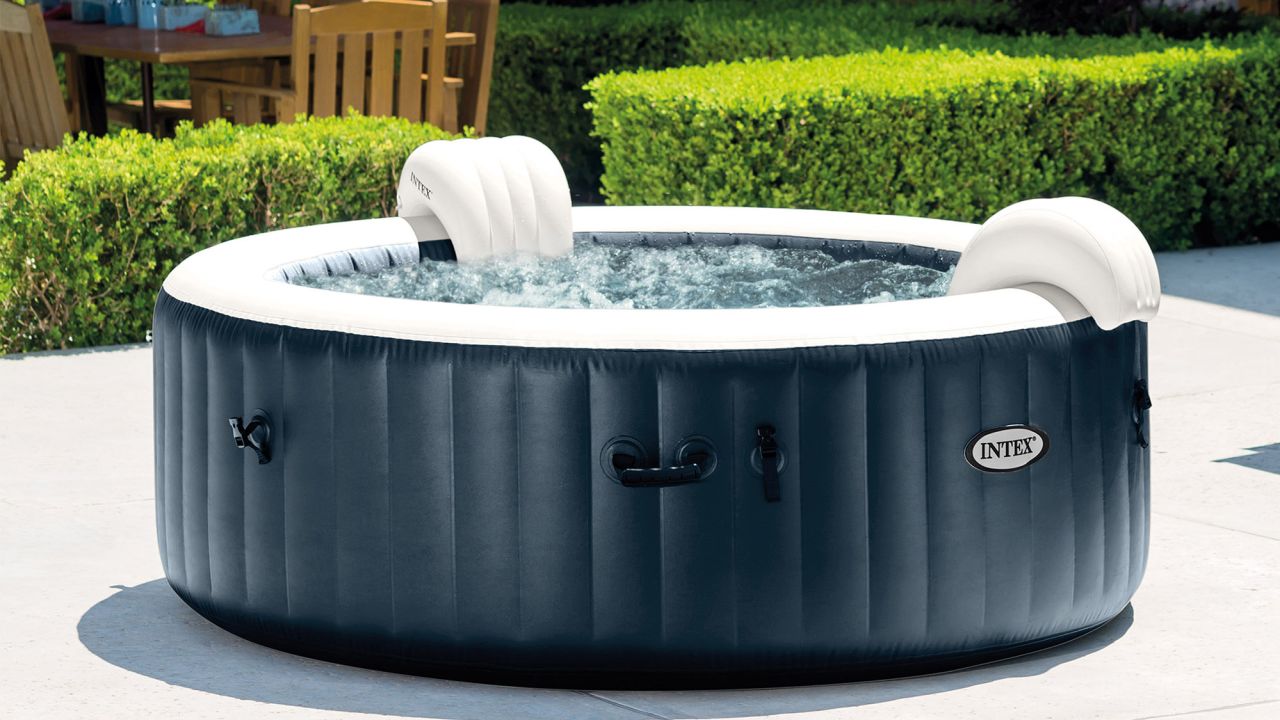



0 thoughts on “How Inflated Should A Spikeball Be?”